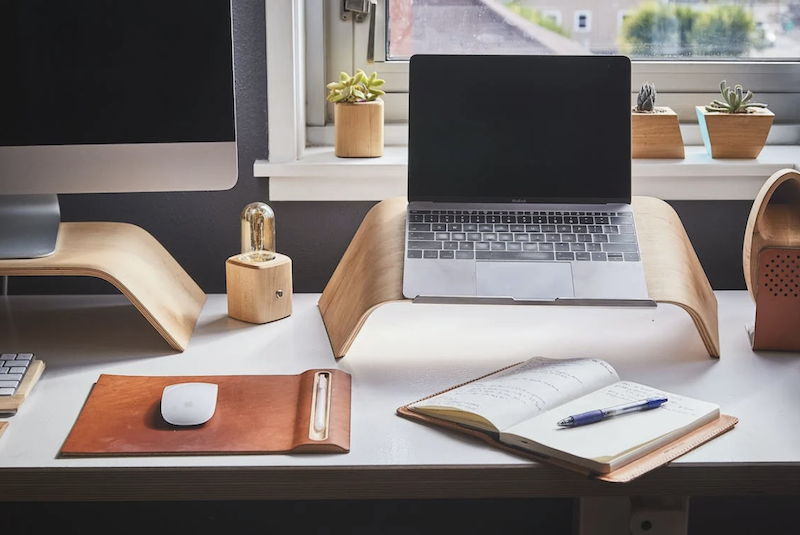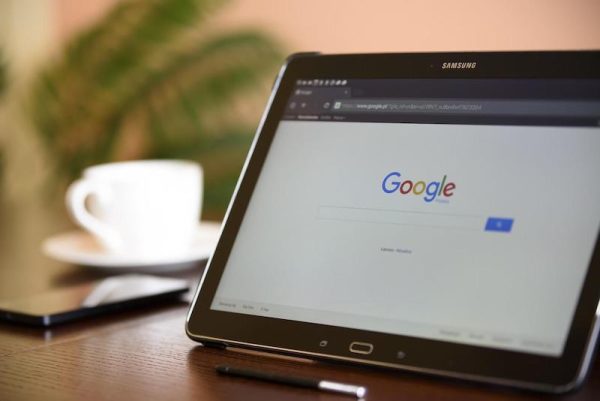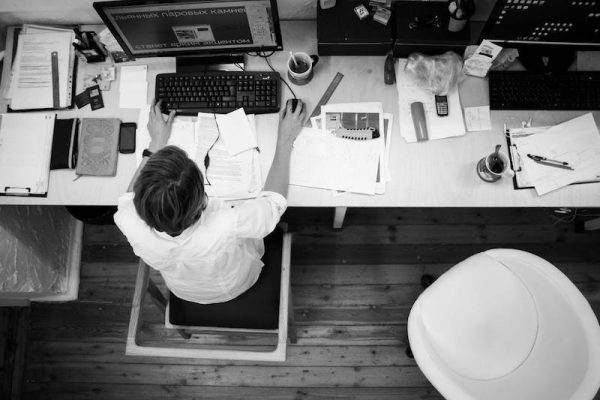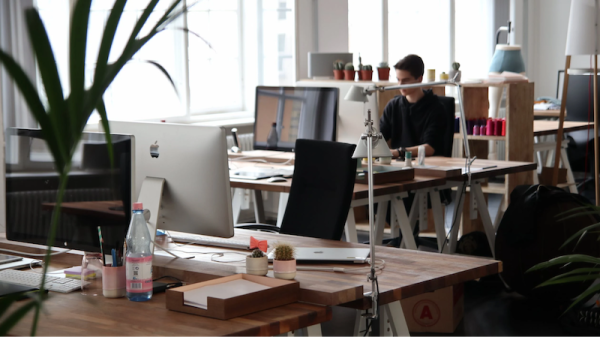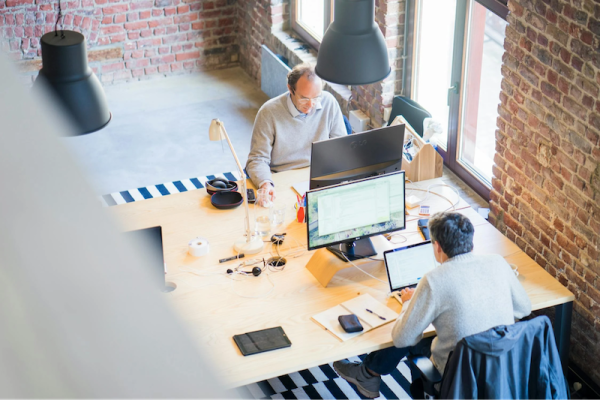First Office Job After Graduation? Tips and Tricks to Organize Your Work Space
Branded Content by Cosmic Press
Landing your first office job is always an exciting and memorable experience. One of the first things you might want to do as a new professional is to optimize and organize your workspace. This is incredibly important not only for making a good impression on colleagues and superiors, but also for boosting productivity and overall job satisfaction.
Creating a well-organized space involves clearing clutter, investing in functional storage solutions, personalizing your area with tasteful decorations, considering ergonomics, and adopting good maintenance habits. These actions work together to give you more focus while working and foster a strong sense of professionalism in the eyes of others.
Let’s explore these practices in more detail.
1. Clearing Clutter:
When you remove unnecessary items from your desk, it allows you to focus better on the tasks at hand. Less clutter means fewer distractions and greater concentration, ultimately leading to increased productivity. Additionally, a clutter-free workspace creates a professional appearance that earns respect from colleagues and superiors.
Clutter may have its own utility for some individuals who can navigate through it easily. However, appearances do matter in a professional setting. A cluttered desk might create an impression that you are disorganized or unable to manage your workload effectively.
In contrast, a clean and well-organized space sends a strong message of reliability and efficiency. It demonstrates that you take your job seriously and value professionalism. Even if clutter doesn’t bother you personally, maintaining a neat workspace is essential for building credibility among your colleagues and superiors.
If you still wish to keep things close at hand without compromising on appearance, consider investing in designated storage solutions, such as desk organizers or drawer systems. Doing so will ensure easy access to necessary items while keeping everything tidy and out of view.
An L-shaped desk is an excellent choice for multitaskers in need of designated work areas. With ample surface space, you can easily carve out a small section for creative tasks like brainstorming or working on personal projects. For example, if you design your own invitation cards for office parties, having this designated space could inspire creativity while keeping your work separate from your other professional endeavors.
In summary:
- Remove unnecessary items from the desk.
- Keep only essentials within reach.
- Create a weekly clutter-check routine.
2. Storage Solutions:
Having a well-organized and efficient storage system is crucial for maintaining productivity and keeping your workspace clutter-free. By finding the right solutions tailored to your specific needs, you’ll save precious time searching for essential items and documents, allowing you to focus on your work instead.
One popular option is investing in a filing cabinet, especially if managing physical documents is a large part of your job. Try organizing files into labeled folders based on categories that make sense for your workflow. This could be by project, client, or date, depending on what works best for you.
For individuals who require various supplies throughout their day, consider getting drawer organizers or desktop containers with compartments – these help keep commonly used items like pens, notepads, or post-it notes at arm’s reach without creating visual clutter.
If vertical space is available above or around your desk area, installing shelves can provide additional storage while keeping important items in view. Shelves also allow for easy access to frequently referred books or binders without taking up valuable desk space.
Another often overlooked storage solution is making use of digital technology. Scanning non-sensitive documents and saving them in well-structured digital folders can free up physical space while ensuring secure retrieval whenever necessary.
In summary:
- Invest in suitable storage like filing cabinets and drawer organizers.
- Use shelves or desk towers for accessible storage.
- Regularly evaluate and adjust your storage system based on current needs.
3: Aesthetics and Workspace Organization
Aesthetics play a significant role in workspace organization—not only does a visually appealing environment create a good impression on colleagues and superiors, but it also affects your mood, motivation, and productivity. Striking a balance between aesthetics and functionality is key to designing an optimal workspace.
Aside from choosing suitable furniture like desks or chairs, considerations of color palettes contribute to overall aesthetic experience. For instance, opting for neutral or calming colors creates a relaxing atmosphere while adding small pops of brighter hues can boost energy levels.
Lighting is another critical aspect of workplace aesthetics – good natural light sources enhance mood, while properly placed task-lighting ensures focus without causing eye strain during long hours at the computer screen.
Ambient RGB lighting can be a tempting aesthetic, but it can make objects more difficult to find compared to traditional lighting. While ambient RGB lighting adds a unique and customizable visual appeal, it’s essential to consider its potential drawbacks related to productivity and workspace organization.
In summary:
- Consider visually appealing yet functional furniture like L-shaped desks.
- Choose calming color palettes with pops of brighter hues.
- Balance ambient RGB lighting with practical task lamps.
Branded content furnished by our promotional partners. The Daily Sundial editorial staff is not involved in its production. Content does not reflect the views or opinions of the editorial staff.
